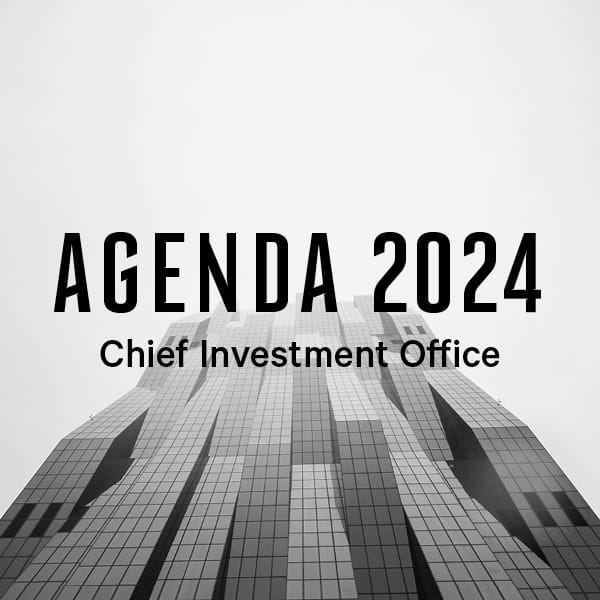-
Overview
The returns investors expect to earn after inflation on the world’s most important government bonds have reached a record low. The real yield — which measures the returns investors can expect once inflation is taken into account — sank to -1.27% most recently. The US 10-year break-even rate — the gap between real yields and nominal yields that serves as a gauge of investors’ inflation expectations over the coming decade — is close to 3.0%. Negative real yields is a signal the Federal Reserve will be more tolerant of a rise in inflation expectations going forward.
One effect of deeply negative real yields is to buoy a range of other asset classes, as they make the returns they offer more attractive in comparison to bonds.
Chart 9: US 10yr nominal, real and breakeven inflation (%)

Source: Bloomberg
The difference between 2-year and 30-year yields narrowed to levels not seen since November 2020. That means once more the bond market is signalling the risk of a policy error ahead or a slowing American economy or both.
The flattening trend has been given an added push recently by expectations of an earlier lift in interest rates by the Federal Reserve.
Chart 10: US yield curve – 30yr-2yr (bpts)

Source: Bloomberg
China’s high yield bond market has likely seen a floor after the cost on the nation’s high yield-rated dollar bonds pulled back from this month’s highs of over 24%.
Greed is starting to displace fear in China’s credit market as investors around the world say the country’s most stressed sector is looking like a good bet.
Efforts by authorities to limit the fallout has led to a mild rebound in bond prices (lower yields), while weaker developers are sparing little effort to raise funds to avoid defaulting. Adding to the optimism, Chinese authorities including the central bank are expressing their concern about growth, increasing speculation that Beijing will scale back on its property tightening measures.
Chart 11: Yield on China’s high yield bonds (%)

Source: Bloomberg







